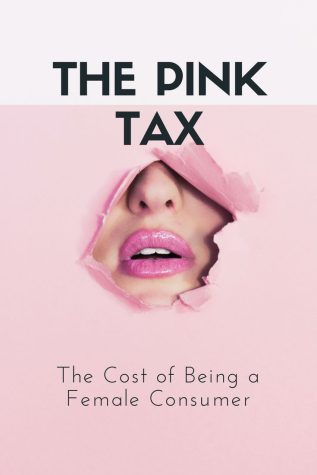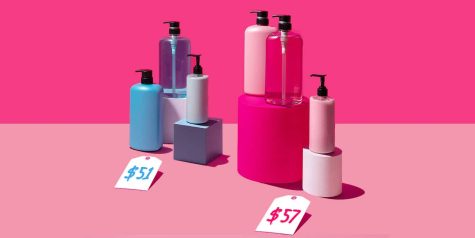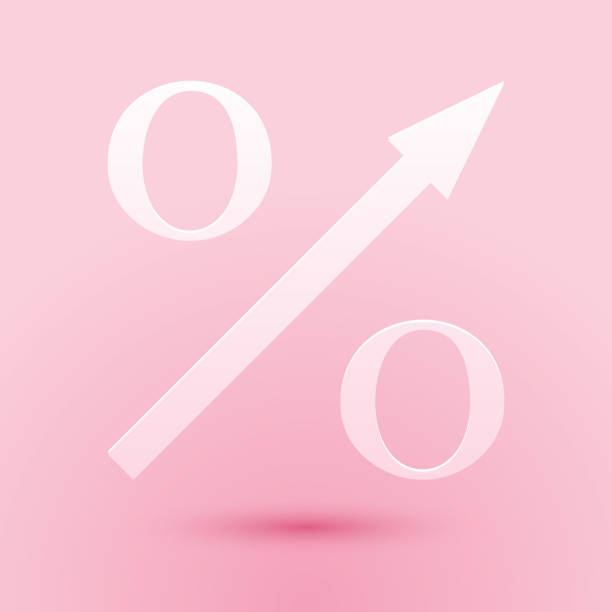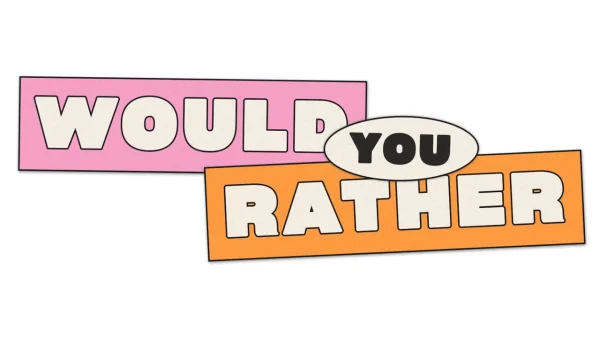Ban On the “Pink Tax”
https://media.istockphoto.com/id/1271172016/vector/paper-cut-percent-up-arrow-icon-isolated-on-pink-background-increasing-percentage-sign-paper.jpg?s=612×612&w=0&k=20&c=LrSKFUUjAMLGNYFpA1kGSe0JSA0e12KRCn2WKOmBHkU=
January 23, 2023
On September 23, 2022, Governor Newsome signed a bill that would go into effect in January 2023. The bill made gender-based pricing differences illegal. As a result, companies are no longer allowed to upcharge on products for women significantly similar to men’s

products. While the bill may be seen as a sign of good faith and a step closer to gender equality, will this ban on the “pink tax” really work?
The bill officially bans gender-based price discrimination. However, it is more commonly called the “pink tax” because many affected items are pink and marketed for women. The pink tax was first recognized in the 1990s when the California assemblies office released a report detailing that 64% of cleaners charged more for washing women’s shirts than men’s shirts. From then on, it sparked controversy, and many rules and laws have attempted to be implemented. Another report from the New York department of consumer affairs found that women are charged more on certain products 42% of the time while men are charged more 18% of the time. Following that, in 2020, New York was the first state to make gender-based pricing discrimination illegal.
The pink tax is sometimes confused with the tampon tax. However, there is a big difference. While the pink tax may be referred to as a tax, it is not a tax on products, while the tampon tax is an actual tax placed on feminine hygiene products in many states. The pink tax shows up in every aspect of women’s shopping, starting before girls are even born, from clothing to hygiene products such as shampoos and razors.
Companies have gotten more thoughtful about packaging and ingredients so that when a male item is placed alongside a female product, it looks drastically different and substantially similar. Due to this, the law is difficult to enforce.
A study shows that over the lifetime of women, they will spend 188,000 dollars more on hygiene products than someone who buys men’s products. And annually, women will spend an extra 2,000 dollars on these products. While the gap may not seem significant, there is still a pay gap between men and women. Women earn 77 cents for every dollar that a man makes. African American women are affected even more. They only make 67 cents for every dollar a man makes. So females are getting paid less and have to spend more on necessities.
While female-marketed products are the most affected by gender-based price discrimination, men are too; for example, a study showed that men are willing to spend more on shaving cream, so they cost more than women’s shaving cream. Many women buy male products when possible, knowing they will cost less. They buy male-marketed clothes when they can and hygiene products, but it’s not feasible all the time.
Some feel the pink tax will not likely save women money on female products. Still, it’s seen as another step at breaking down old laws against the female gender and paving a new way for gender equality.























